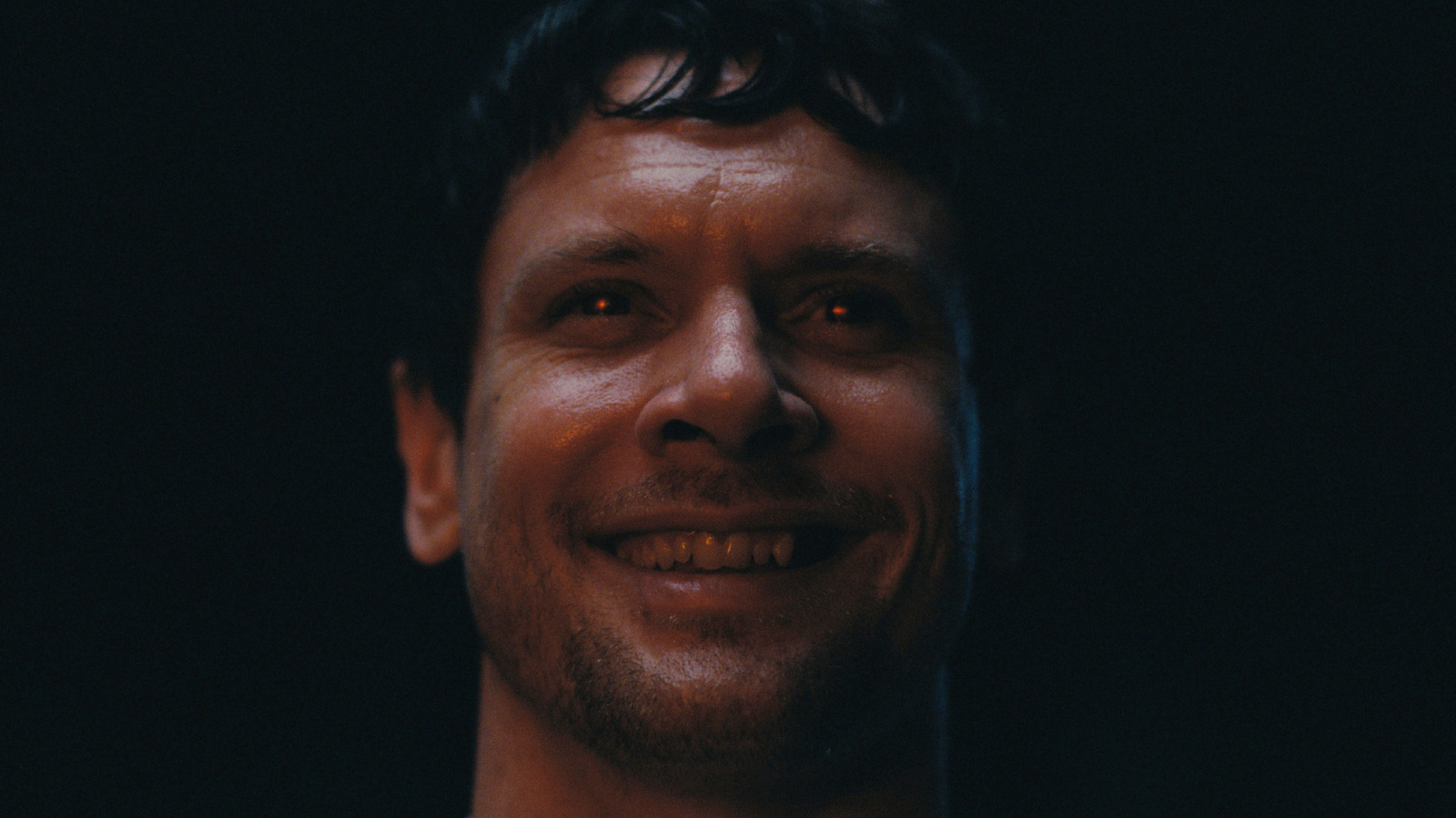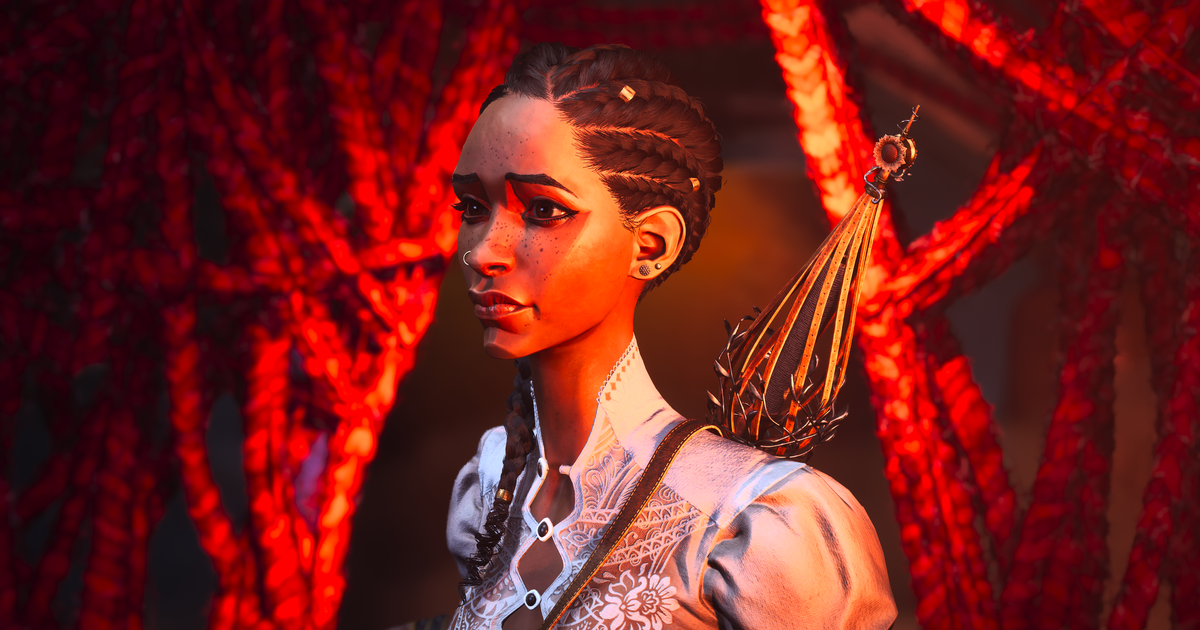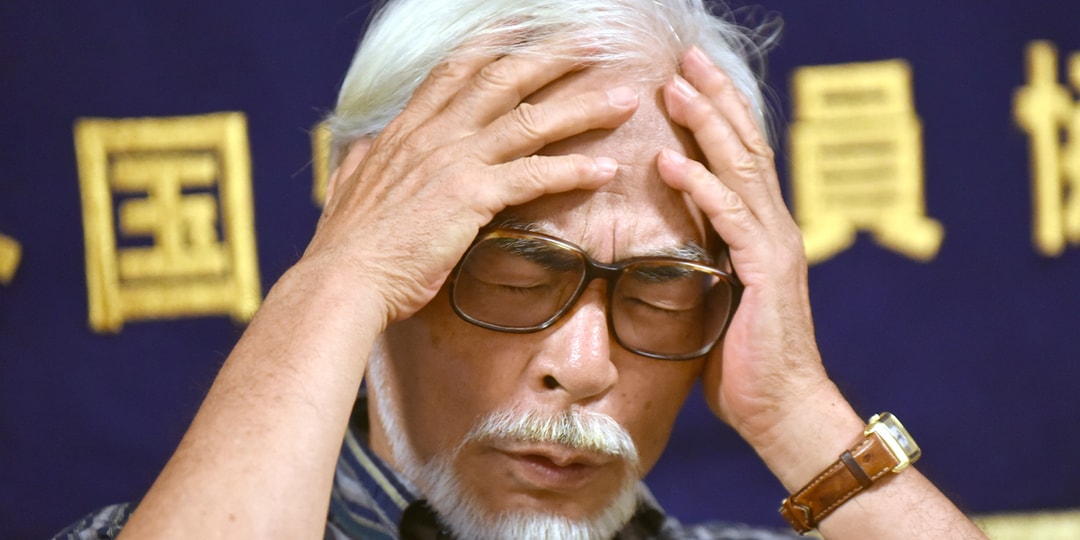Reviving a Classic: The Journey to Restore Galaxian3: Project Dragoon

Introduction
In the vibrant arcade landscape of the late 1980s, Namco embarked on an ambitious project aimed at creating the worlds largest arcade game. This endeavor culminated in the birth of Galaxian3: Project Dragoon, a colossal 28-player arcade machine that made its debut in April 1990 at the prestigious International Garden and Greenery Exposition in Osaka, Japan. Known by its codename, GH-28, this groundbreaking machine showcased real-time, flat-shaded 3D graphics, utilizing advanced hardware derived from Namco's System 21 platform, which had first been introduced in the popular 1988 racing title, Winning Run.
By 1991, a refined 16-player iteration, dubbed GM-16, was released. This version featured cutting-edge pre-rendered CGI backgrounds stored on LaserDisc technology, along with enhanced 3D hardware capabilities. It quickly found its way into various arcade establishments throughout Asia, captivating audiences with its immersive gameplay.
In 1992, Namco took the gaming experience a step further by creating a room-sized, six-player version known as Galaxian3 Theatre 6 (GT-6). This model was produced in larger quantities and was distributed globally, making it accessible to fans around the world.
Following the success of the original game, a sequel titled Attack of the Zolgear was introduced in 1994, available as a conversion kit that included replacement ROMs and LaserDiscs, enabling existing machines to be upgraded.
However, the early 2000s brought a tragic decline for the Galaxian3 installations, as many were converted into Tsunami Visual Technologies Air Raid, a PC-based game. During this conversion, much of the original Galaxian3 electronics were discarded, leading to a significant loss of the games historical artifacts.
As of 2025, only four known instances of GT-6 remain: one in Europe, two in Japan, and a solitary machine residing at the Fun World arcade in Nashua, New Hampshire. Unfortunately, this particular unit has been out of service for over a decade, and its condition remains uncertain.
Efforts have been initiated to contact the arcade's owner with the aim of repairing the game and preserving its vital data, particularly the ROM and LaserDisc content.
Trip 1: March 2024
A dedicated team convened at Fun World to assess the game, including myself, Phil Bennett, Alex Cmaylo, Bill DeLeo, and Scott Gurney. Alex and I traveled from California, given a two-day window to inspect the machine during the week when the arcade was closed to the public.
Upon arrival, we discovered the machine situated prominently on the third floor, covered by a protective tarp. The arcade owner revealed that it had originally been purchased for a staggering $178,000 back in 1994. At that time, the arcade also acquired a Ridge Racer Fullscale, which has unfortunately since been removed.
After verifying that the game was electrically safe, we powered it on, and to our astonishment, it exhibited some functionality despite several issues:
- Only players 1 and 2 were operational.
- Sound was absent from multiple speakers.
- The blue output from the left-side projector displayed as dim and blurry.
Hardware Overview
To fully understand the machines configuration, we delved into its internal components. The game features a substantial projection area showcasing visuals via two Sony VPH-1043QJ CRT projectors, strategically mounted above the players seating. Beneath the projection screens, there are speakers (which were missing in our case) and flash lamps designed to activate whenever players incur damage within the game.
Each player is equipped with a two-axis analog control, complete with digital buttons. Moreover, an internal speaker within each control unit provides sound effects, while a vibration motor delivers force feedback. An array of LEDs atop the controls illuminates when players are hit, enhancing the immersive experience.
Three Control Boxes are positioned in front of the player seats, designated as left, center, and right, each contributing to the games overall operation.
The Center Control Box houses the majority of the primary circuit boards and two power supply units:
- Master PCB: This unit handles the main logic of the game, featuring a 24MHz 68020 processor. The program is stored across 2MB of ROM and mainly executed from 512KB of SRAM. It includes a 68681 DUART and a Namco C139 serial communications interface, although neither is utilized in this version of the game. Notably, this PCB is also employed in the DS-5000 Mitsubishi/Namco driving simulator.
- Slave PCB: This board mirrors the Master PCB in design but utilizes distinct ROMs and jumper settings. It drives two independent sets of video hardware, one for each side.
Various other circuit boards contribute to the games performance, including DSP PCB for processing 3D vertex data, PGN PCB for rasterizing polygons, and OBJ PCB for generating sprites. Additionally, the V-MIX PCB combines LaserDisc video output with the OBJ PCB while the RSO PCB manages communication between multiple components.
Upon diagnosing the system, we discovered that the inputs for players 3 through 6 were non-functional, revealing potential issues with the PSN PCBs. Despite the initial difficulties, we managed to confirm that the CPUs on the boards were operational and responsive to inputs during diagnostic tests.
Due to time constraints and the limitations of our testing equipment, we decided to transport the three malfunctioning PSN PCBs and the RSO PCB back to California for further evaluation and repair.
In the remaining time, we also inspected the left-side projector, which contained three individual CRTs. Over the years, a phenomenon informally dubbed CRT fungus had formed in the coolant chambers, resulting in obscured images. We noted that this issue could potentially contribute to the blue channels problems. We planned to call upon a specialist known for successfully treating similar projector issues during our next visit.
Preservation Efforts
To digitize the LaserDiscs, we had prepared a Domesday Duplicator setup that transforms a LaserDisc player into a highly accurate optical scanner by sampling the raw RF signal. This method greatly surpasses conventional capturing techniques, producing superior results. A Pioneer HLD-X0 MUSE LaserDisc player, meticulously calibrated by Bill, was utilized for this process, as its red laser allows it to navigate imperfections on disc surfaces more effectively.
Fortunately, the LaserDiscs inside the players remained in excellent condition, having been largely untouched for the past three decades. Although the arcade retained some extra discs, they were excessively warped and therefore unreadable. Our captures were promising, showcasing the capability of the Domesday Duplicator to minimize dropout issues.
Preserving the ROM data from the circuit boards proved to be a straightforward yet time-consuming task, as each ROM was a socketed EPROM. We aimed to read the PALs and GALs where accessible, but many had their security fuses set, which limited data extraction. Fortunately, the arcade had retained the original ROMs and LaserDiscs for Project Dragoon prior to its conversion to Attack of the Zolgear.
Trip 2: March 2025
With new knowledge and tools at our disposal, we geared up for a second round of repairs at Fun World. This years team included Ford Seidel and Thomas Daede, who brought valuable experience in servicing CRT projectors. Our main objectives were to:
- Resolve the player input issues.
- Service both the left-side and, if time permitted, the right-side projector.
- Locate the missing ROM for the undumped revision of Project Dragoon.
With improved insight into the games operation and better equipment, we set to work. Ford brought along an HP 1660C logic analyzer and arranged to borrow a digital storage oscilloscope from a friend in Boston, which greatly enhanced our diagnostic capabilities. I also came prepared with replacement components for possible repairs.
After reinstalling the PSN PCBs and powering up the game, we initially observed the previous LED flashing behavior; however, to our surprise, one of the problematic PCBs suddenly began working, bringing player inputs 5 and 6 back to life. This breakthrough allowed us to progress further.
Our research indicated that grounding leads connecting the GND test points of each PSN PCB to the metal frame of the left control box were absent. Bill crafted these leads, and we installed them, which seemingly resolved the flashing LED issue.
As we continued our diagnostics, we found that the third PSN PCB was still non-functional. Despite this, we established that the CPU was operational and servicing interrupts. However, a strange issue arose with the serial communication, leading us to suspect that a faulty line receiver was at fault. The decision was made to replace it, and after doing so, we powered up the board again to find that all player inputs were now functioning!
The day continued with positive developments, as with the assistance of the arcades technician, Alex successfully located and dumped the missing EPROM from Project Dragoon.
Meanwhile, Thomas, Bill, and Scott focused on servicing the left-side projector, which had suffered from severe burn-in. They carefully removed the coolant and utilized CLR to clean the fogged glass. Our progress by the end of the first day was highly promising, and we anticipated a more relaxed second day of work.
The following morning, while enjoying breakfast, Alex explored eBay for potential replacement projectors. Miraculously, he found an untested Sony VPH-1040Q listed nearby. This model uses the same tubes as the original projector, allowing for a potential swap. Alex negotiated with the seller, and Ford accompanied him on an exciting road trip to secure the unit.
Back at Fun World, I dedicated the day to documenting measurements from the operational machine, while the others worked on the projectors coolant change and calibration. A mishap occurred when I accidentally knocked off a jumper on the RSO board, leading to a brief moment of panic as we puzzled over the machines sudden failure to respond.
Later in the day, Ford and Alex returned triumphantly with the replacement projector, which proved to be in excellent condition. After installing it in the game, we were thrilled to see the vibrant display and bright tubes in action. Additionally, Alex and Ford worked on replacing numerous dead fluorescent fittings and bulbs around the machine, while Bill tackled speaker wiring issues to restore audio functionality.
As we approached the conclusion of our visit, we made some innovative repairs to the machines exterior, with Thomas designing and 3D printing replacement mounts for an intact vacuum-formed sign that had suffered from years of wear.
Despite the triumph of restoring many functions to the game, we encountered new challenges shortly after installation. The following day, the newly-installed projector began to intermittently shut down, prompting us to revert to the original unit and swap its tubes into the old projector. This was a time-consuming endeavor, but we persevered.
However, after a few hours of operation, video synchronization issues emerged on the left-side display, raising concerns about the left-side LaserDisc player. With the knowledge that the arcade had four spare LD-V8000 units, we decided to transplant the most promising DEGE PCB from one of those units. Unfortunately, further problems soon arose, indicating a possible fault with the V-MIX PCB.
Future Work
Despite the challenges faced, our team takes immense pride in our accomplishments during these restoration efforts. The ongoing issues will hopefully be resolved in time, but its essential for enthusiasts to understand that this project is entirely volunteer-driven and requires patience as we work through the complexities of restoring such a unique piece of gaming history.
We advise potential visitors to hold off on road trips to play the game until it is more stable. However, if you do decide to visit, aim for a time shortly after the arcade opens to maximize your chances of enjoying the game in a good state! Keep in mind that the decision to operate the game is ultimately up to the arcade owner, who may choose to take it out of service until repairs are completed.
Looking ahead, there are several fixes and improvements that could enhance the gaming experience:
- Reinstall original speakers or find suitable modern equivalents.
- Service the power supplies.
- Replace the non-functioning player 5 vibration motor.
- Fine-tune the projectors for optimal performance.
- Conduct a coolant swap on the right-side projector.
- Address the vertical gap between the two displays.
- Investigate solid-state replacements for the LaserDisc players.
We remain hopeful that the game will continue to run smoothly, allowing players to relish the nostalgia of this classic arcade experience!

























